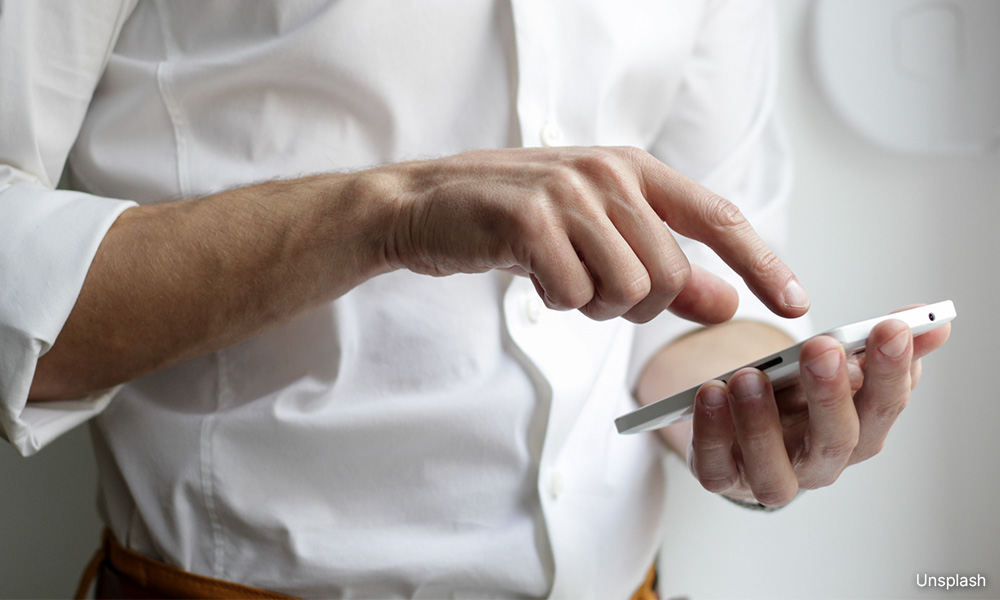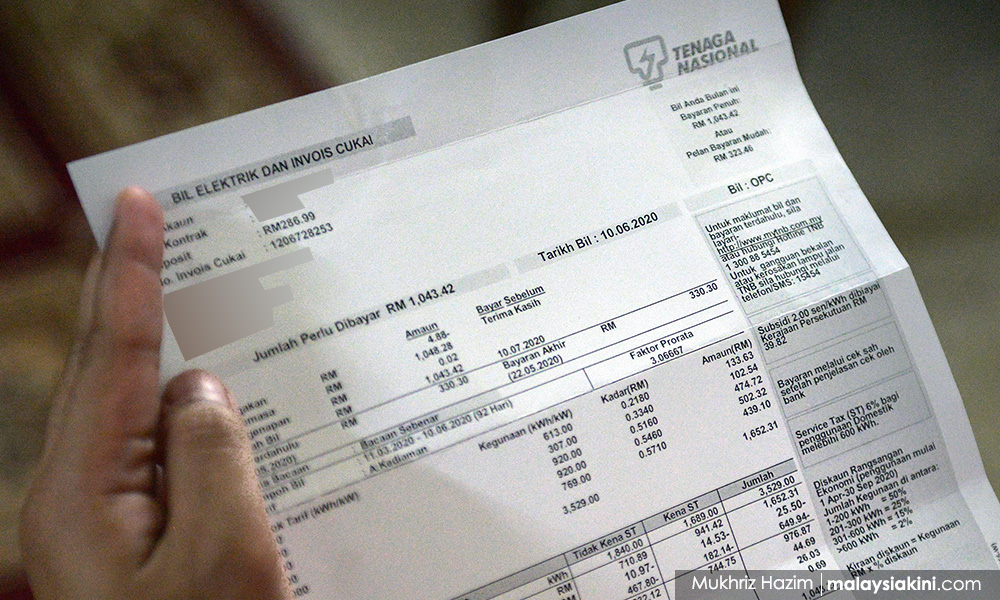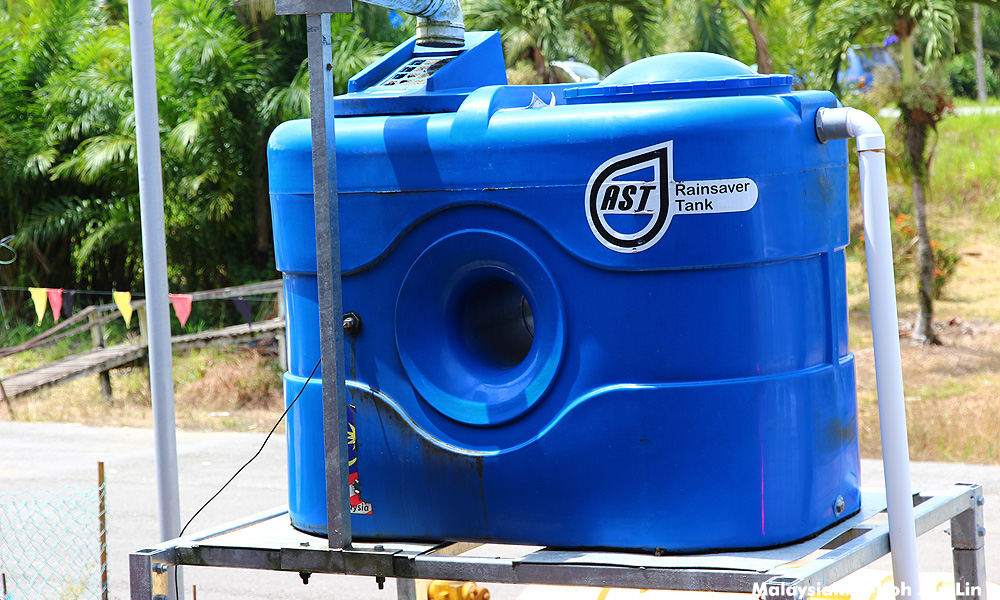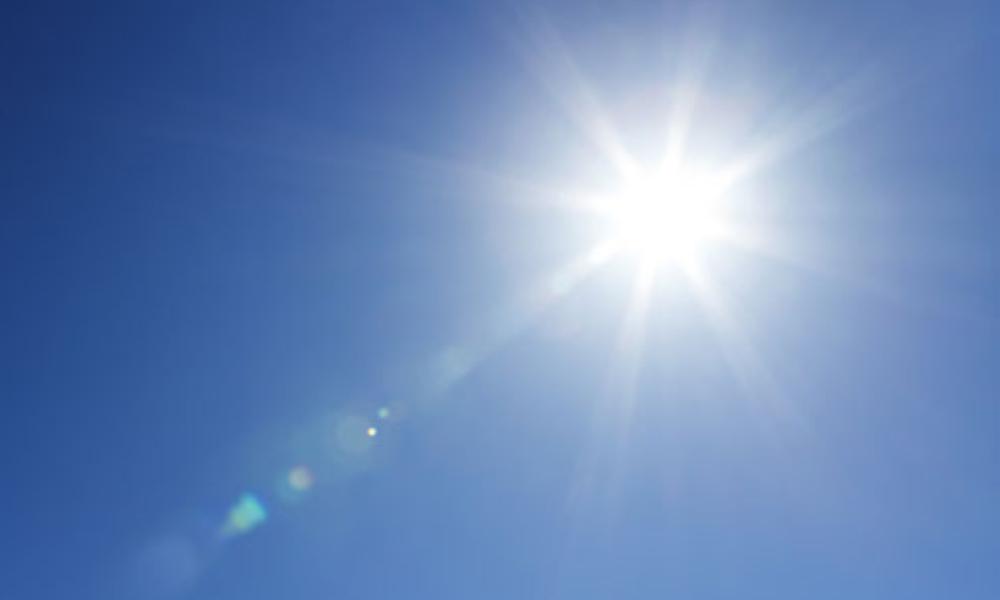What freaks you out the most? Could it be something as harmless as forgetting to zip up your pants, misplacing keys and wallets, or being asked to sing and dance in public?
I believe most people fear leaving their smartphones at home. Smartphones are so useful, not just for calling and messaging but also as a personal organiser, alarm clock, and social network tool, just to name a few.
Not to forget the multiple applications we installed on smartphones. I rely on Waze to move around, so I can reach my destinations fuss-free, especially in peak hour traffic.
Some people I know hate carrying cash. They used to scan and pay using Touch ‘n Go e-Wallet, banking apps like MAE, etc. Others may also need Grab for mobility due to an inefficient public transport system.
It is all about convenience now. Not just smartphones, we are obsessed with any innovation that can make life easier. Because of our hectic lifestyles, we want to organise everything at our fingertips!

This is why smart homes are becoming increasingly popular. As sustainability is now a trend, we also want smart homes that are eco-friendly.
The good news is that smart green homes are not as expensive as they seem. You can make one yourself according to your budget. It all comes down to creativity and preference.
Affordable renewable energy
As a small start, you can invest in smart lighting and plugs. Smart LED lightbulbs are the most popular lighting type due to their easy-to-install feature and low price.
Smart plugs allow you to have lights turn on and off automatically using a wireless connection and a smartphone app, timer, or even voice commands.
Alternatively, you can also use colour-changing bulbs for parties or better sleep. As smart lighting lasts longer and generates less heat than traditional lighting, you can expect lower energy consumption which translates to reduced utility bills.

Meanwhile, utilising smart power strips also helps turn off unused devices on standby mode and protect your electronics from voltage spikes due to lightning strikes or overloading of appliances.
If you have a bigger budget and higher energy needs, consider adding solar panels to your home. iMoney, a leading financial aggregator, estimates that a standard residential installation could cost between RM16,000 and RM23,000, depending on system size (kWp).
Optimise water use creatively
Check a product’s water efficiency rating with the Water Efficient Products Labelling Scheme (WEPLS). The three-star rating system indicates water consumption, with more stars meaning less water consumed compared to other similar products in the market.
Five categories of products are covered under WEPLS, namely washing machines, urinals, shower heads, toilets, and faucets. Improving water efficiency can also help cut down utility bills without even realising it.
Additionally, a rainwater harvesting and recycling system can be a viable investment for water storage. It comes in a set, including a rooftop water collection system, storage tank, and filtration system.

The water conserved during the rainy season can be used as a backup water supply during a water cut. Maybank estimates the total installation cost to be around RM2,000 and RM6,500.
Reserve funds should also be set aside for periodic inspection, servicing, cleaning, and component replacement costs.
Keeping your home cool
Insulated windows can minimise direct sunlight or heat from entering your home. Curtains may do wonders but they need to be changed every few weeks to avoid dust buildup.
Reflective window films block a significant amount of heat and UV rays, just like solar films. The only difference is that reflective window films provide more privacy as people cannot see through your windows.
Alternatively, applying low-emissivity glass on windows can block the transmission of heat and UV rays without a visible tint. This will allow natural light through your home and reduce your reliance on artificial lighting.
Apart from that, positioning your windows in relation to the sun’s trajectory and wind current can help regulate the amount of sunlight that penetrates. In Malaysia, north-south or south-east-facing windows should be maximised, and the west side should be avoided at all costs.

By doing so, your home will get good ventilation and better airflow all year round, with no hot sun streams during the day. These investments are well worth your money as your home will be kept cool without overusing air-conditioning.
Transform your home into a sustainable sanctuary for healthier and happier living today! This is the best investment you can make. - Mkini
CHONG YEN MEE is a climate change analyst by training and enjoys writing doomsday stories that make people act.
The views expressed here are those of the author/contributor and do not necessarily represent the views of MMKtT.




No comments:
Post a Comment
Note: Only a member of this blog may post a comment.